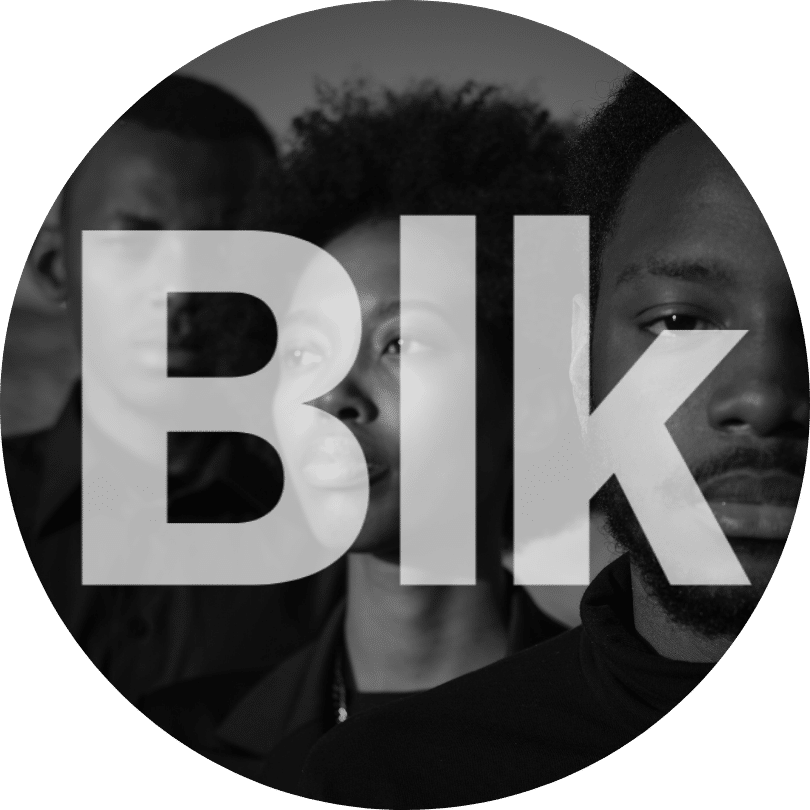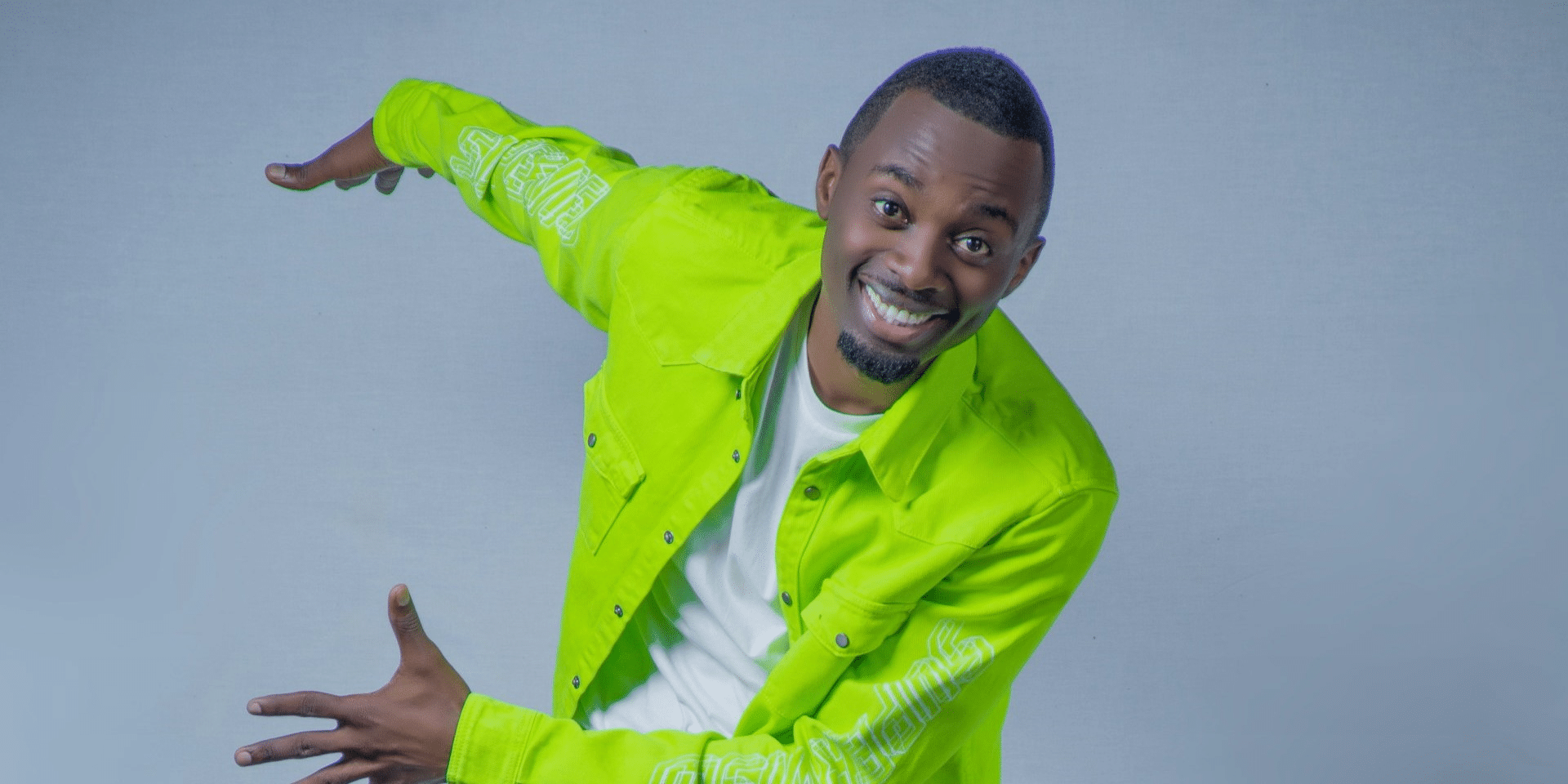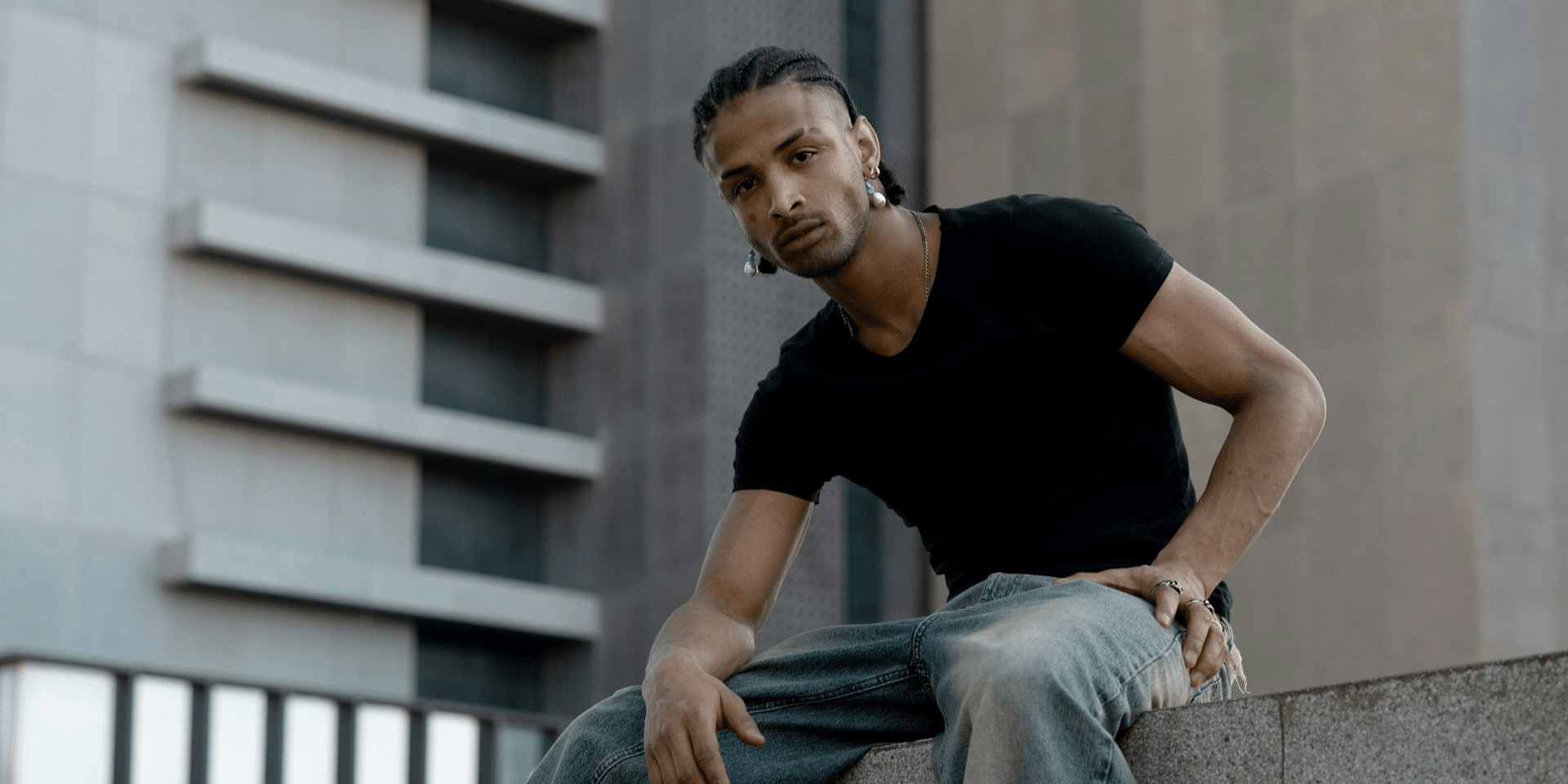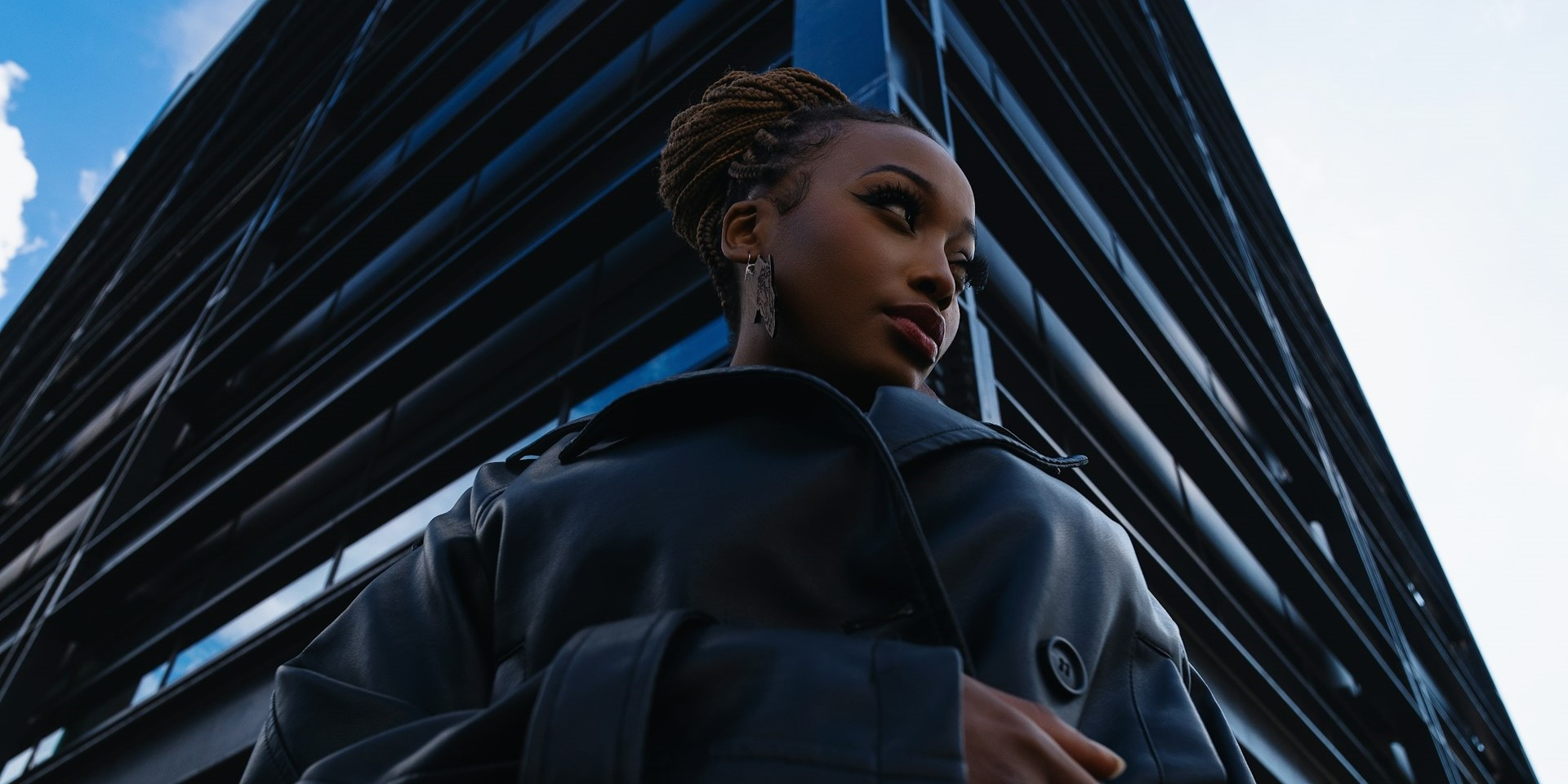Black teen artists have always been a vibrant force in music. From soulful crooners like Donny Hathaway to the electrifying rhymes of Lauryn Hill, they’ve consistently pushed boundaries and redefined genres. Yet, despite their undeniable talent, achieving mainstream popularity as a Black teen artist remains an uphill battle. Let’s delve into the reasons behind this disparity.
The Algorithm Isn’t Built for Black Teens
The rise of streaming services has democratized music access, at least in theory. Listeners can now explore a vast library of music with a few clicks. However, the algorithms that curate playlists and recommend new music can be biased, creating a system that reinforces the status quo.
A 2020 study by Roc Nation found that Black artists receive fewer playlist placements and radio spins compared to white counterparts, even within genres heavily influenced by Black music, like hip-hop and R&B. This algorithmic bias can be attributed to a few factors. Firstly, the algorithms themselves are trained on data that may already be skewed towards established artists and popular genres. This creates a feedback loop where popular music gets even more popular, while lesser-known artists, especially Black teen artists who are just starting out, struggle to gain traction.
Secondly, the curators behind the algorithms might also hold unconscious biases that influence their decision-making. A genre like “urban” often becomes a catch-all for Black music, limiting the discovery of subgenres and diversifying playlists. This lack of algorithmic support makes it harder for Black teen artists to reach a wider audience, especially when competing against established acts with larger marketing budgets and a leg up from the algorithm itself.
Image & Authenticity: A Double-Edged Sword
Black teen artists often walk a tightrope between authenticity and marketability. Michelle Alexander’s book, “The New Jim Crow,” explores the concept of “respectability politics,” the pressure for Black people to conform to white standards of behavior and appearance. This pressure can trickle down to the music industry, where Black teen artists who express themselves freely might be deemed “too raw” or “unsuitable” for mainstream audiences. This can manifest in various ways.
A rapper who delivers hard-hitting lyrics about social injustice might be encouraged to tone it down for broader appeal. A young female singer who embraces her natural beauty and wears braids or dreadlocks might be steered towards a more “conventional” image. The underlying message is that Blackness, particularly Blackness that doesn’t conform to eurocentric beauty standards, is inherently unmarketable.
On the other hand, artists who cater to stereotypical portrayals might achieve temporary success, but risk inauthenticity and exploitation. The industry might latch onto a teen artist who projects a hyper-sexualized image or promotes gang violence, but this can be a dangerous trap. This type of inauthenticity can alienate their core fanbase and limit their artistic growth. Ultimately, Black teen artists have to navigate self-expression with the need to be commercially viable in a landscape that often doesn’t embrace their full range of experiences.
On the other hand, artists who cater to stereotypical portrayals might achieve temporary success, but risk inauthenticity and exploitation. This creates a complex situation where Black teen artists have to navigate self-expression with the need to be commercially viable in a landscape that often doesn’t embrace their full range of experiences.
Beyond the Music: Industry Gatekeepers Still Hold the Keys
The music industry itself still lacks genuine diversity, particularly in leadership positions. A 2023 USC Annenberg Inclusion Initiative report found that only 8% of executives at major record labels are Black. These gatekeepers often hold unconscious biases that can affect how they view and promote Black teen artists. An artist’s potential might be overlooked simply because they don’t fit into a pre-conceived mold of what a successful musician should be.
So, what can be done?
There’s a multi-pronged approach needed. Firstly, streaming services need to re-evaluate their algorithms to ensure fair representation across genres and demographics. Secondly, fostering a more inclusive music industry landscape, with opportunities for Black executives and A&Rs, is crucial to creating spaces where Black teen artists feel supported and understood.
Finally, the power lies with listeners. Actively seeking out Black teen artists, sharing their music, and demanding more diverse playlists are all ways to break down barriers.
Black teen artists are brimming with talent, creativity, and stories waiting to be heard. By dismantling the obstacles that hold them back, we can create a music scene that celebrates the full spectrum of artistic voices, regardless of age or race.







